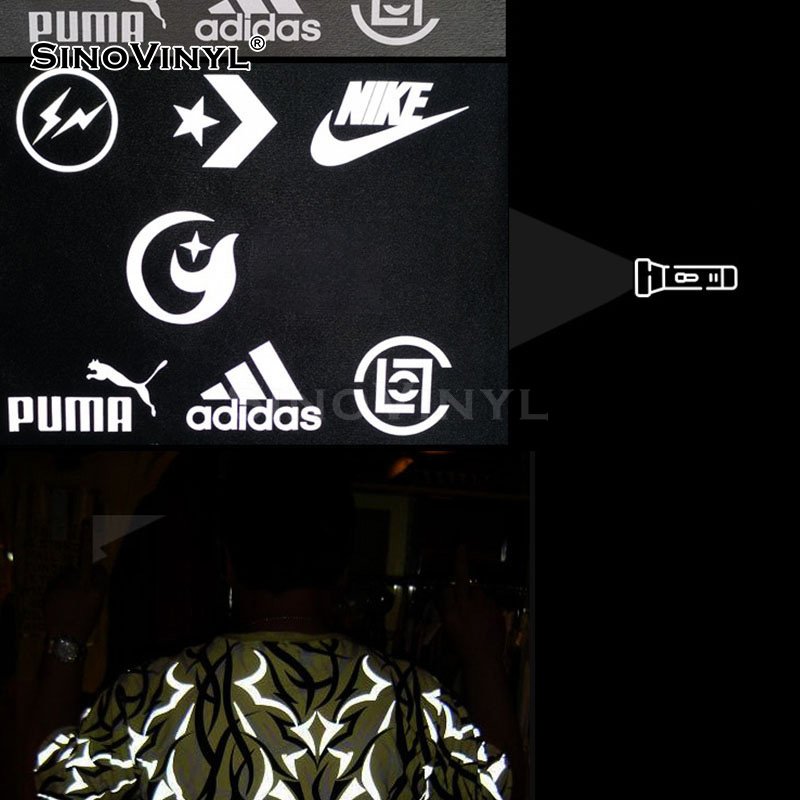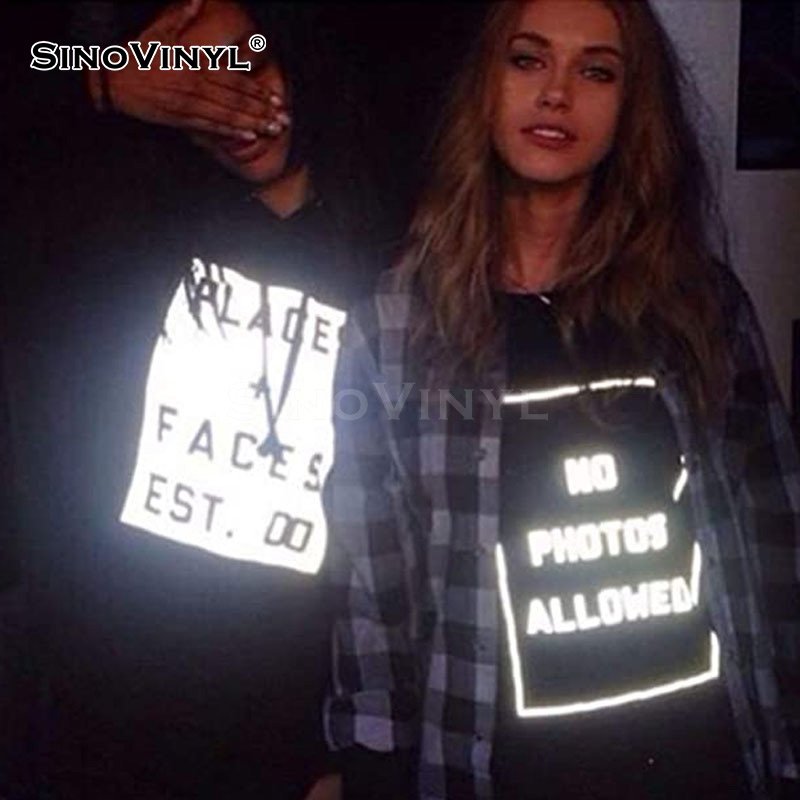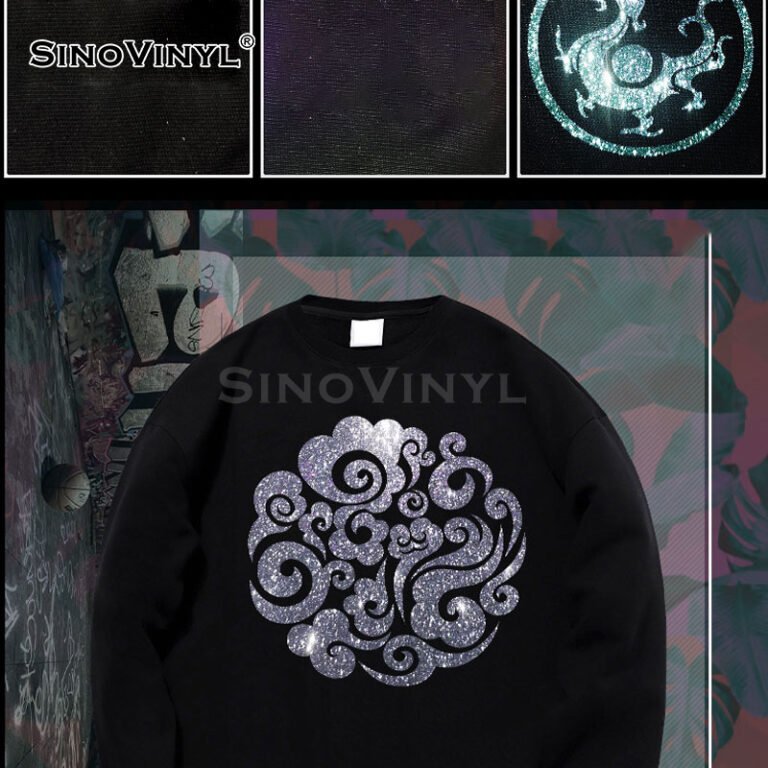Heat transfer vinyl (HTV) has revolutionized the world of custom apparel and DIY projects. Offering endless possibilities for personalization, it’s a favorite among craft enthusiasts and professionals alike. This comprehensive guide will walk you through the ins and outs of heat transfer vinyl.
What is Heat Transfer Vinyl?
1. Definition
– Heat Transfer Vinyl (HTV) is a special type of vinyl material designed for decorating fabrics and other items using heat and pressure.
2. Composition
– Typically comes in rolls or sheets.
– Has an adhesive backing that bonds to fabrics when heat is applied.
– Available in various types, including PU, PVC, Flock, Glitter, etc.
3. Application Process
– Design is cut into HTV using vinyl cutters or craft knives.
– Excess material is weeded out, leaving only the desired design on a clear carrier sheet.
– HTV design is placed on the fabric, covered with a protective sheet, and heat pressed or ironed to transfer the design onto the fabric.
4. Advantages
– Versatile for creating intricate designs, multi-color graphics, and personalized items.
– Durable and long-lasting when properly applied.
– Suitable for both professional and DIY projects.
5. Uses
– Widely used in the apparel industry for customizing T-shirts, hoodies, hats, and bags.
– Popular for DIY crafts, home decor, and personalized gifts.
6. Types of HTV
– PU (Polyurethane): Soft, flexible, and eco-friendly.
– PVC (Polyvinyl Chloride): More rigid and durable.
– Flock: Has a velvety texture.
– Glitter: Adds a sparkling finish.
7. Considerations
– Requires proper equipment like a heat press or iron for application.
– Care instructions may vary depending on the type of HTV used.
– Quality and brand can affect the durability and appearance of the finished design.














